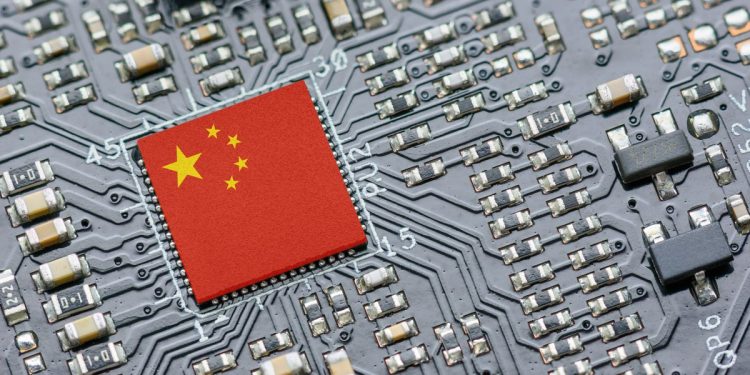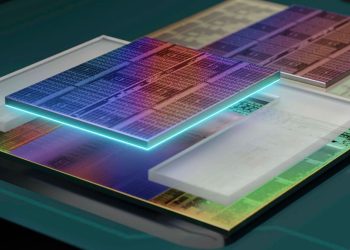wafer from global leader Wolfspeed was $1,500,” an anonymous sales director for a German chipmaker shared with Nikkei Asia. Today, the same 6-inch wafer is sold for only $500 by Guangzhou Summit Crystal Semiconductor, where dozens of other little-known Chinese fabs price their wafers at similarly impossible undercuts.
The sales director called China’s growth in the sector “a bloody knockout match.” He continues, “We expect many Chinese players as well as foreign players will get hurt. Many of them already have, and eventually many will have to exit these bloody games.”
The aforementioned Wolfspeed, once the world leader in silicon wafer production, is now recovering from laying off 20% of its staff in response to its stock value falling 96% in 3 years. Onsemi, an Arizona-based legacy semiconductor company, announced its layoffs, which affected 9% of staff today. While not all of this downsizing can be blamed on Chinese dominance, the U.S. government has publicly speculated that China’s rapid rise in legacy chip manufacturing would have this effect on the U.S. industry.
China’s new wave of legacy chip companies is powered by heavy government investment at the national and local levels. China’s “Big Fund” for semiconductor production has raised ¥688 billion ($95 billion) over three rounds, with local governments investing in their regional champions.
The sector’s widespread growth across China creates dozens of new players with which Western companies must compete. However, this growth also risks serious oversupply. China’s 28% mature node market share is expected to grow to 39% by 2027.
“There is already oversupply in several types of mature chips, and China’s economy hasn’t fully bounced back yet,” says the IDC’s Galen Zeng. “We expect Chinese players to ramp up more aggressively than their global peers over the next few years, driven by China’s localization push.”
The market flooding of legacy chips coming from China is beginning in full, as predicted when China first announced its ramp-up of mature node production in 2023. The full effect of this new theater of the U.S.-China “Chip War” on both countries and chipmakers, large and small, is yet to be seen. As profit margins disappear in the name of growing market share, the profit motive will not look kindly on either aggressor in this legacy chip melee.









